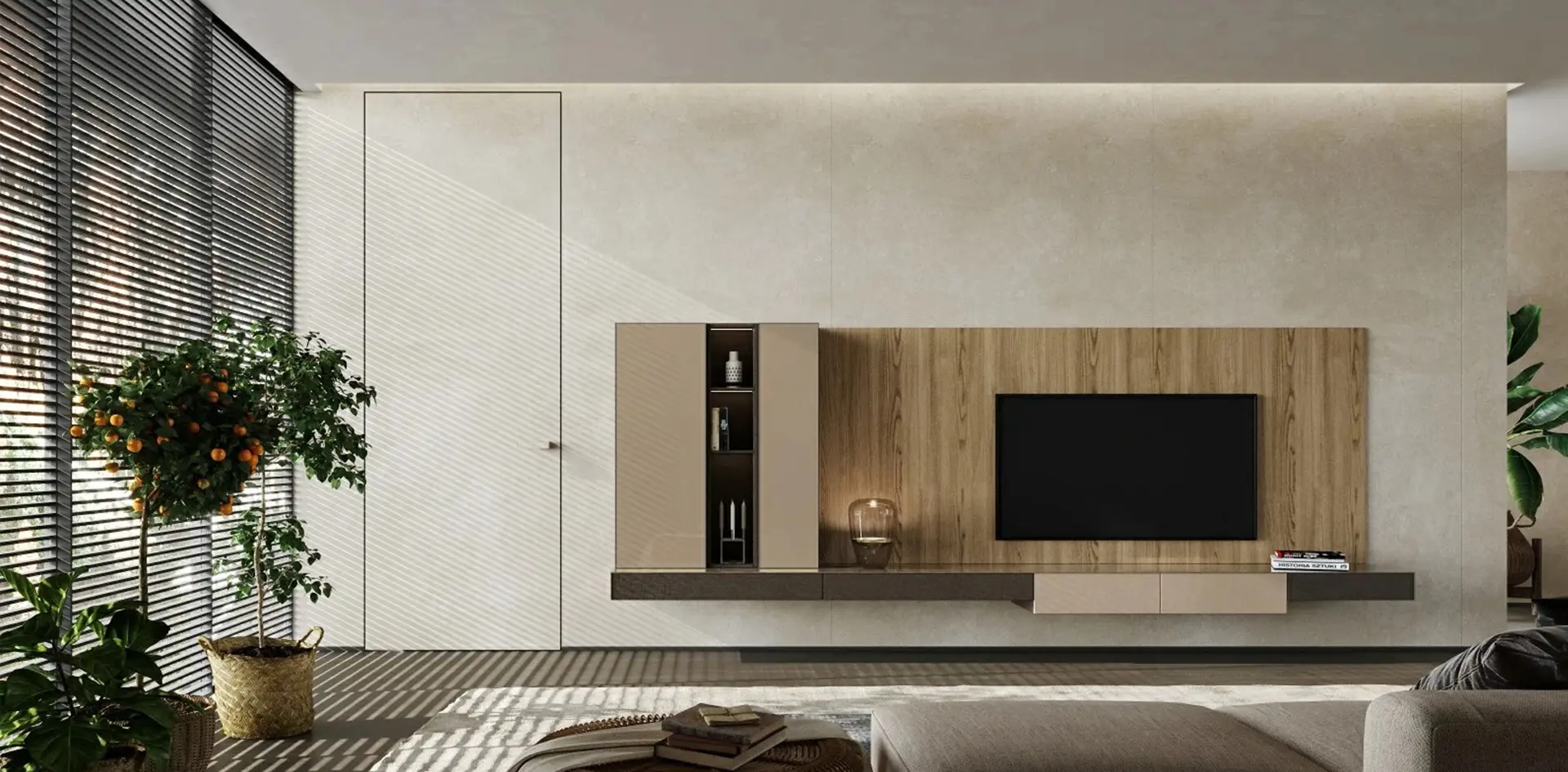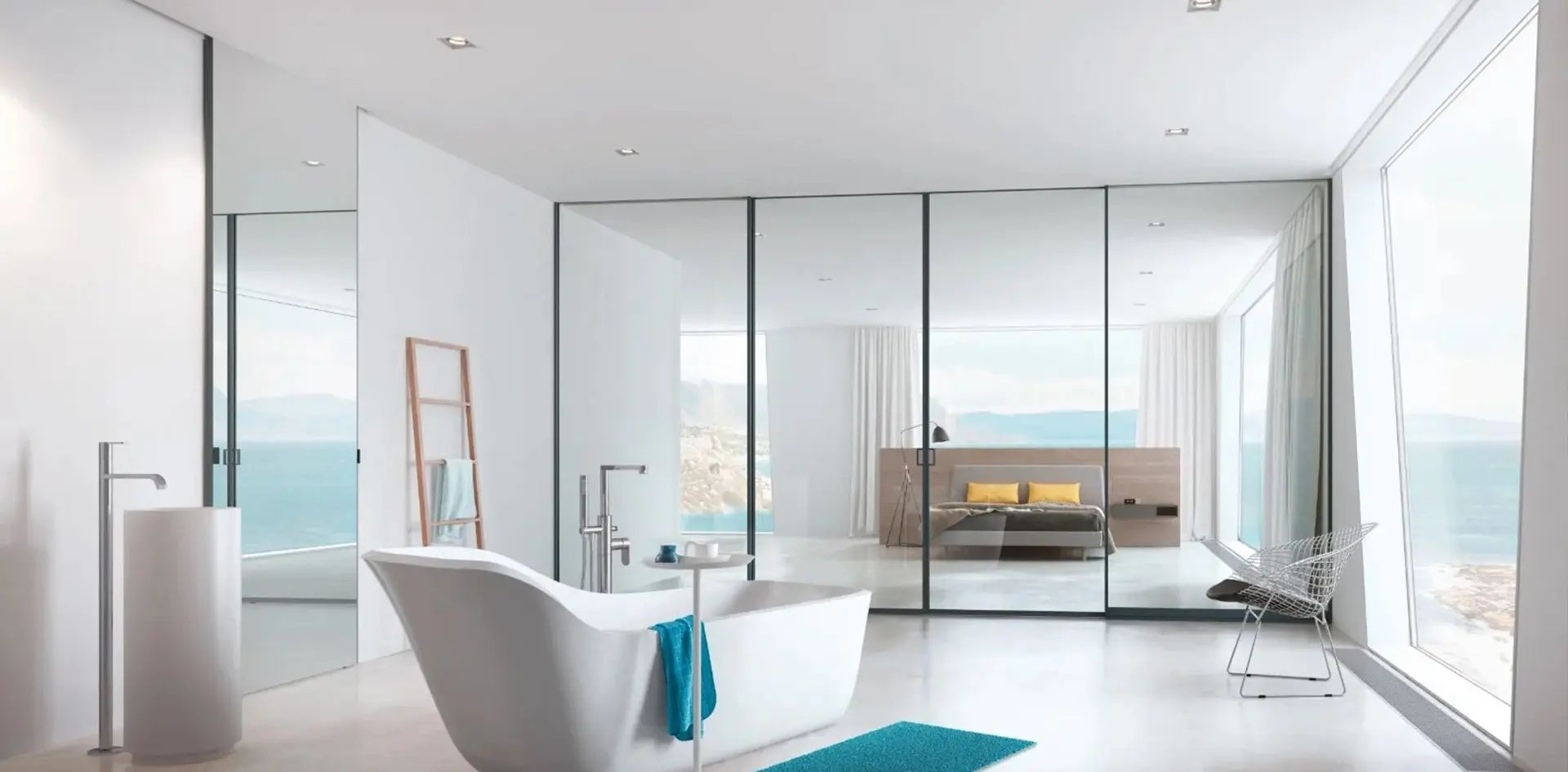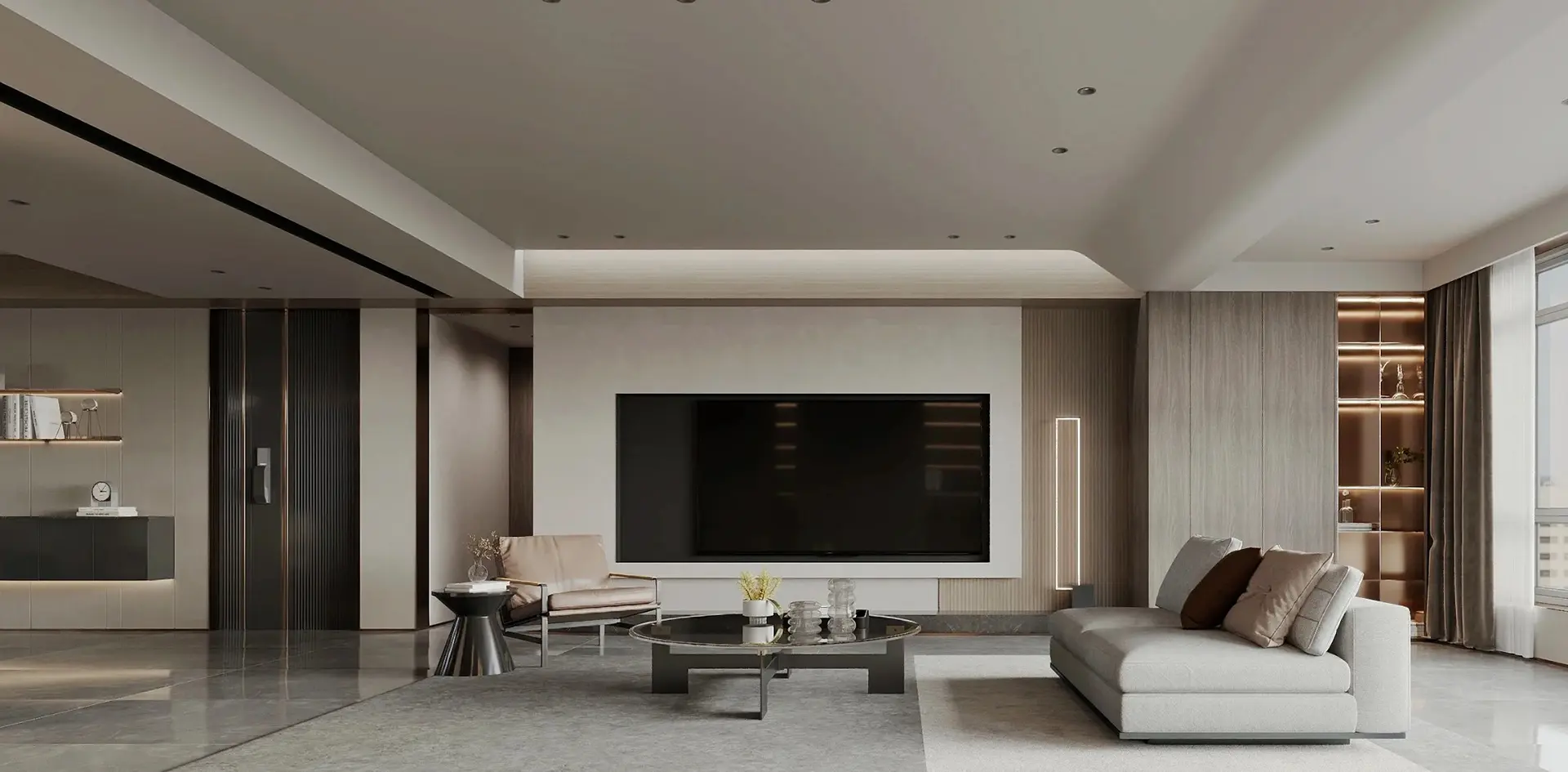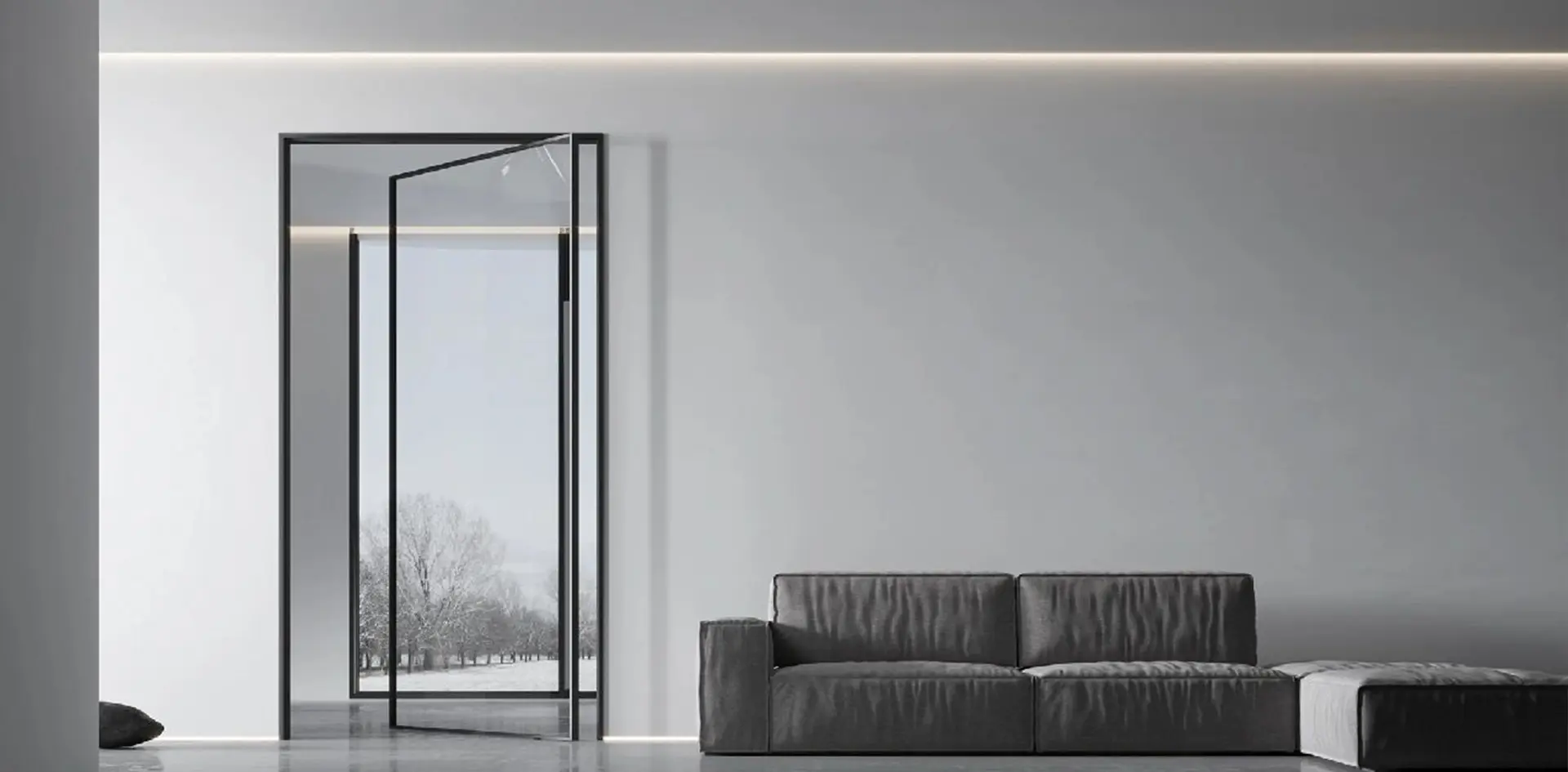
The Future of Lockable Sliding Door Innovations
 As the demand for enhanced security and innovative design in residential and commercial spaces continues to rise, the future of lockable sliding doors is entering an exciting phase of evolution. According to a recent market research report by Mordor Intelligence, the global sliding door market is expected to witness a compound annual growth rate (CAGR) of 4.2% from 2021 to 2026, driven by advancements in material technology and consumer preferences for space-saving solutions. Furthermore, the increasing focus on smart home technology is creating opportunities for the integration of advanced locking mechanisms in lockable sliding doors, ensuring both security and convenience. This convergence of digital innovation and design versatility positions lockable sliding doors at the forefront of architectural trends, catering to the modern need for safety without compromising aesthetic appeal.
As the demand for enhanced security and innovative design in residential and commercial spaces continues to rise, the future of lockable sliding doors is entering an exciting phase of evolution. According to a recent market research report by Mordor Intelligence, the global sliding door market is expected to witness a compound annual growth rate (CAGR) of 4.2% from 2021 to 2026, driven by advancements in material technology and consumer preferences for space-saving solutions. Furthermore, the increasing focus on smart home technology is creating opportunities for the integration of advanced locking mechanisms in lockable sliding doors, ensuring both security and convenience. This convergence of digital innovation and design versatility positions lockable sliding doors at the forefront of architectural trends, catering to the modern need for safety without compromising aesthetic appeal.
Emerging Materials in Lockable Sliding Door Design
As we move into a new era of design, lockable sliding doors are becoming more advanced with the introduction of emerging materials. Innovations such as thermally broken aluminum and reinforced glass are transforming the conventional aesthetic and functionality of these doors. These materials not only enhance the security of sliding doors but also improve their energy efficiency, resulting in higher performance that meets modern architectural demands.
Tip: When selecting lockable sliding doors, consider options that use smart materials for added durability. Look for features like weather stripping made from advanced polymers that provide better insulation and prevent drafts, contributing to energy savings.
In addition, high-tech materials like fiberglass composites are being utilized to create lighter doors that offer greater mobility without compromising strength. This trend aligns perfectly with homeowners' desires for seamless indoor-outdoor living spaces, making it easier than ever to enjoy both the comfort of home and the beauty of nature.
Tip: Always check for certification on materials used in sliding door designs. Reputable certifications not only guarantee quality but also ensure that the materials have been tested for safety and performance under various conditions, providing peace of mind for homeowners.
The Future of Lockable Sliding Door Innovations
Smart Technology Integration for Enhanced Security
In recent years, the integration of smart technology in lockable sliding doors has transformed the landscape of home security. The growing demand for innovative solutions that promise enhanced functionality and safety is evidenced by the robust market projections. By 2032, the fingerprint smart lock market is expected to surge to approximately $2.63 billion, reflecting a compound annual growth rate of 4.0%. This suggests that consumers are increasingly recognizing the importance of advanced security measures in their homes and businesses.
 Smart locks, offering features like remote access, real-time monitoring, and AI-based authentication, are redefining user experiences. These innovations are not merely about convenience; they focus on creating a secure and seamless environment. As companies vie for a share of this burgeoning market, the emphasis on integrating cutting-edge technology will be paramount. The future of lockable sliding door innovations hinges not only on traditional mechanisms but also on the intelligent systems that enhance security, ensuring peace of mind for users around the globe.
Smart locks, offering features like remote access, real-time monitoring, and AI-based authentication, are redefining user experiences. These innovations are not merely about convenience; they focus on creating a secure and seamless environment. As companies vie for a share of this burgeoning market, the emphasis on integrating cutting-edge technology will be paramount. The future of lockable sliding door innovations hinges not only on traditional mechanisms but also on the intelligent systems that enhance security, ensuring peace of mind for users around the globe.
User-Centric Features: Meeting Diverse Consumer Needs
As the demand for innovative home solutions rises, the focus on lockable sliding doors has shifted towards user-centric features that cater to diverse consumer needs. Homeowners are increasingly looking for security, convenience, and aesthetics in their sliding door options. The integration of smart technology, for instance, offers innovative locks that can be controlled remotely, enhancing security while providing peace of mind. These advancements not only aim to safeguard properties but also simplify access to outdoor spaces, making the lifestyle experience more seamless.
Moreover, customization remains a paramount consideration for consumers. Many manufacturers are now offering a range of designs, materials, and finishes that allow homeowners to tailor sliding doors to their interiors. Additionally, features such as improved insulation and energy efficiency are becoming standard, which meets the rising consumer demand for sustainability. By addressing these varied preferences and enhancing the overall usability of sliding doors, manufacturers are setting the stage for future innovations that resonate with the modern consumer's lifestyle while prioritizing safety and functionality.
The Future of Lockable Sliding Door Innovations - User-Centric Features: Meeting Diverse Consumer Needs
| Feature | Description | Consumer Need Addressed | Potential Benefits |
|---|---|---|---|
| Keyless Entry | Operation without traditional keys using smart technology. | Convenience and enhanced security. | Reduction in lost keys, improved accessibility. |
| Smart Lock Integration | Integration with smart home systems for remote access. | Modern living synchronization and security. | Increased control and monitoring for homeowners. |
| Child Safety Locks | Locks designed to prevent accidental opening by children. | Family safety and peace of mind. | Reduction of accidents and injuries in homes. |
| Customizable Aesthetics | Variety of design options to enhance home décor. | Personal preference and style expression. | Increased homeowner satisfaction and property value. |
| Energy Efficient Designs | Features that enhance insulation and reduce energy loss. | Cost savings on utility bills and environmental concerns. | Lower energy consumption, improved sustainability. |
Sustainable Practices in Sliding Door Manufacturing
As the demand for environmentally friendly solutions continues to rise, the sliding door manufacturing industry is evolving in response to sustainability challenges. Manufacturers are increasingly adopting practices that reduce waste and conserve resources, such as utilizing recycled materials in the production of lockable sliding doors. These doors are not only functional but also contribute to a circular economy, where materials are continuously reused, helping to diminish the carbon footprint of construction projects.
Moreover, advancements in technology are paving the way for energy-efficient sliding doors that feature improved insulation and smart locking systems. These innovations not only enhance security but also promote energy conservation by minimizing heat loss. As companies focus on integrating eco-friendly practices, the shift towards sustainable manufacturing processes will play a crucial role in the future of lockable sliding doors, ultimately leading to greener buildings and healthier living spaces.
Future Trends in Aesthetics and Functionality of Sliding Doors
 The sliding door market is witnessing a remarkable evolution, with emphasis on
aesthetics and functionality shaping the future of lockable sliding doors.
As consumer preferences evolve, manufacturers are innovating to create visually appealing designs that seamlessly integrate with modern interiors.
The shift towards minimalistic and sleek aesthetics is prevalent, with
features like frameless designs and contemporary finishes gaining traction. This evolution not only enhances the
visual appeal of homes and offices but also caters to the increasing demand for space efficiency
without compromising style.
The sliding door market is witnessing a remarkable evolution, with emphasis on
aesthetics and functionality shaping the future of lockable sliding doors.
As consumer preferences evolve, manufacturers are innovating to create visually appealing designs that seamlessly integrate with modern interiors.
The shift towards minimalistic and sleek aesthetics is prevalent, with
features like frameless designs and contemporary finishes gaining traction. This evolution not only enhances the
visual appeal of homes and offices but also caters to the increasing demand for space efficiency
without compromising style.
In parallel, the functionality of sliding doors is being enhanced to meet contemporary security and convenience standards.
Innovations are emerging in lock mechanisms, ensuring enhanced security while providing ease of use. Smart technology
integration, such as automatic locking systems and remote access controls, is set to redefine
the user experience. As the global market for sliding doors is projected to grow significantly, the focus on
blending aesthetic value with high functionality is crucial in appealing to a broad range of consumers, meeting their
evolving needs in both residential and commercial spaces.
Related Posts
-

Addressing Common Issues with Best Lockable Sliding Doors: Insights and Industry Data
-

Comprehensive Technical Specifications of the Ultimate Lockable Sliding Door Solutions
-

Securing Your Best House Door with Industry Export Certification Insights
-

The Ultimate Guide to Choosing the Best House Front Doors for Maximum Curb Appeal
-

World Class Manufacturing from China Elevating Your Space with Best Sliding Closet Doors
-

How to Identify the Best House Door Manufacturers for Your Home Renovation Needs











